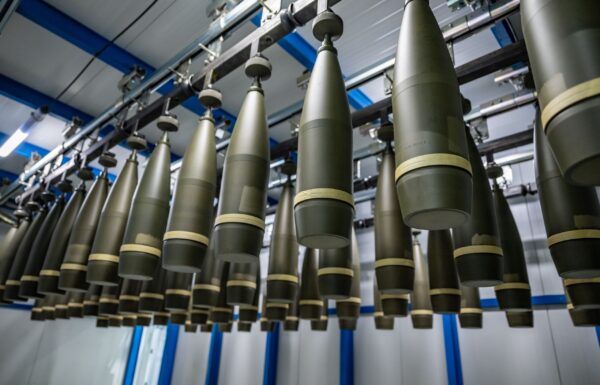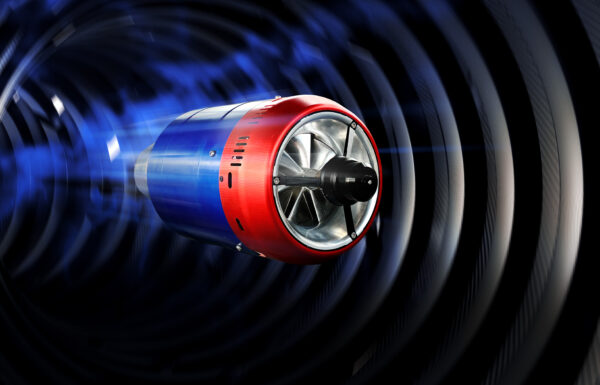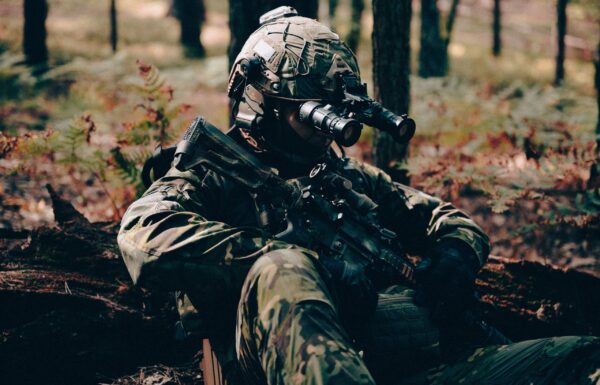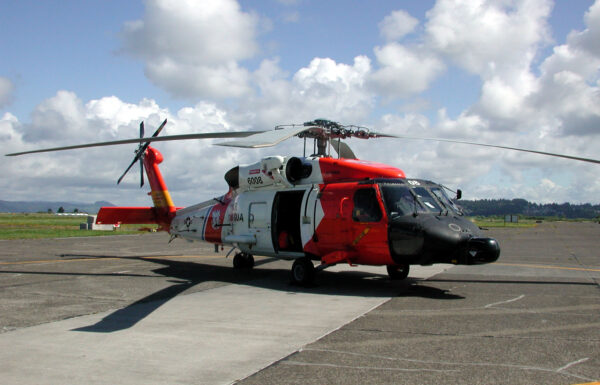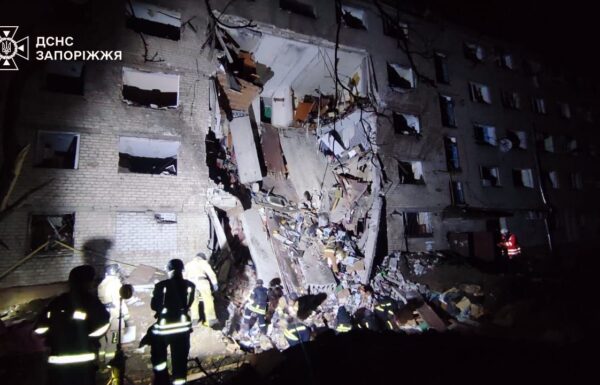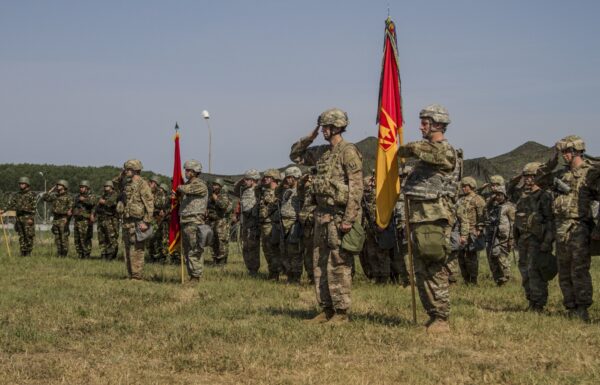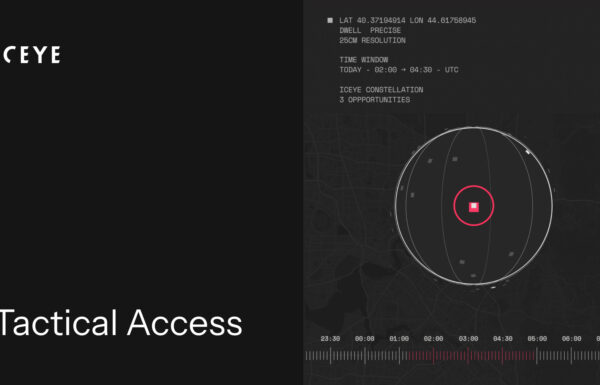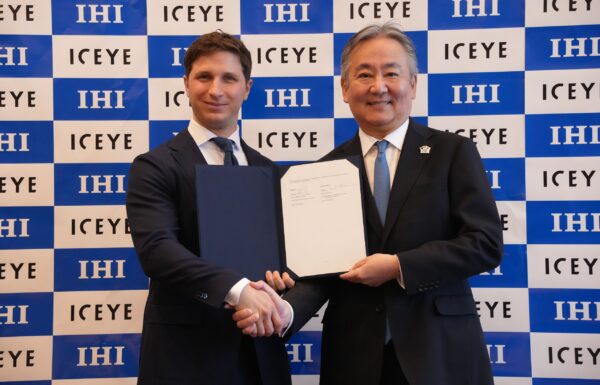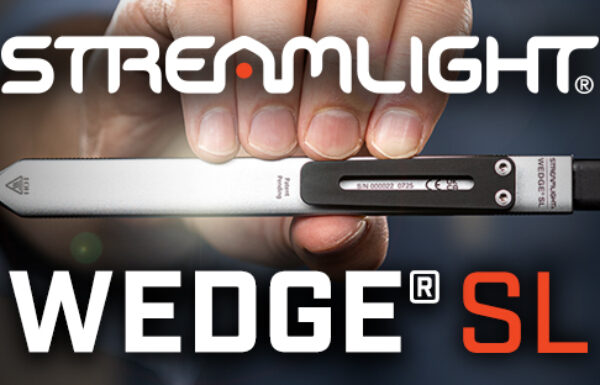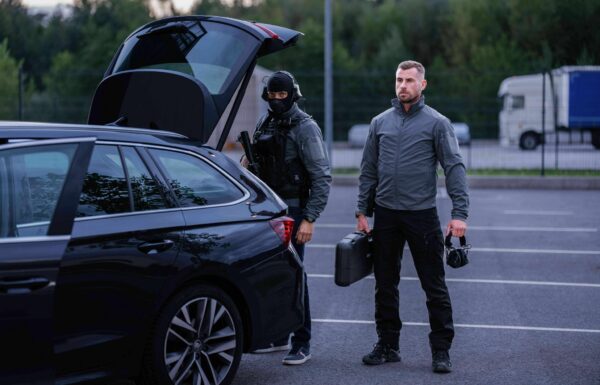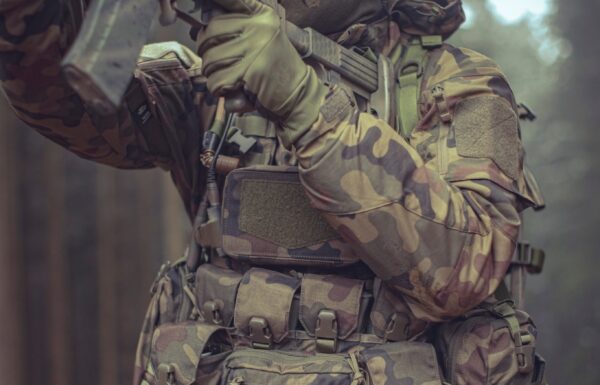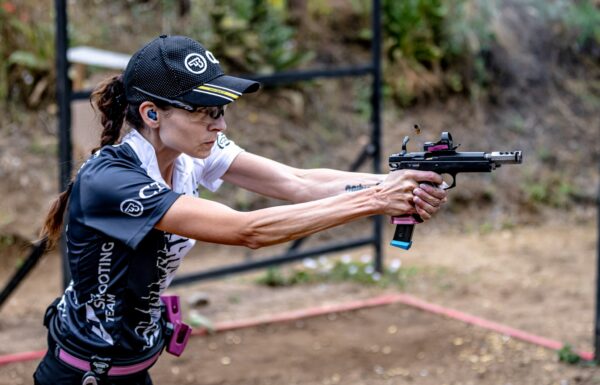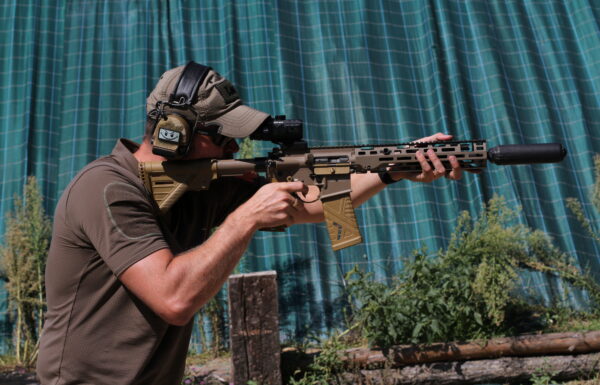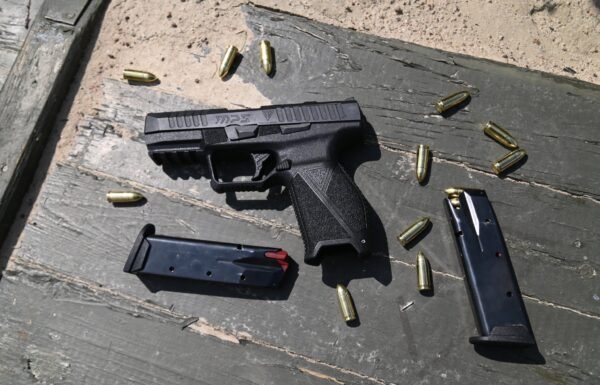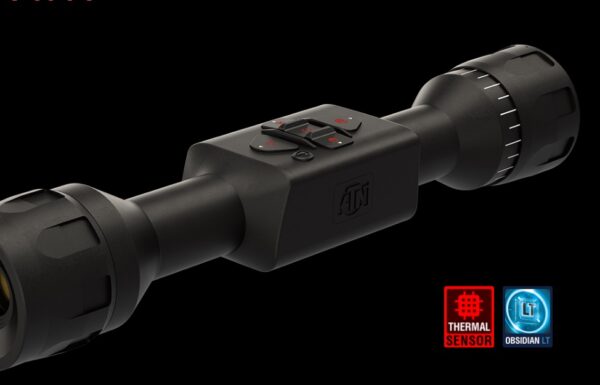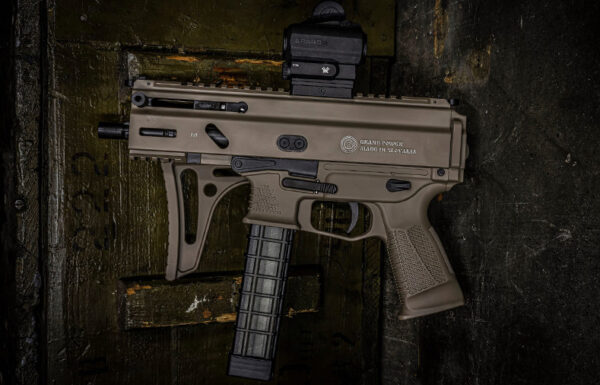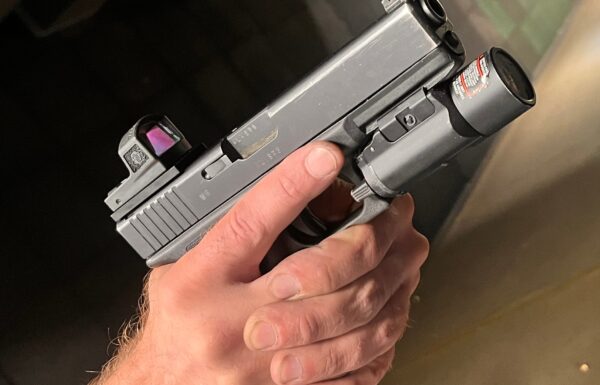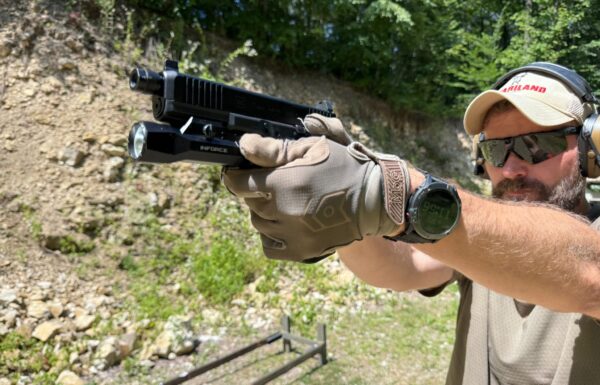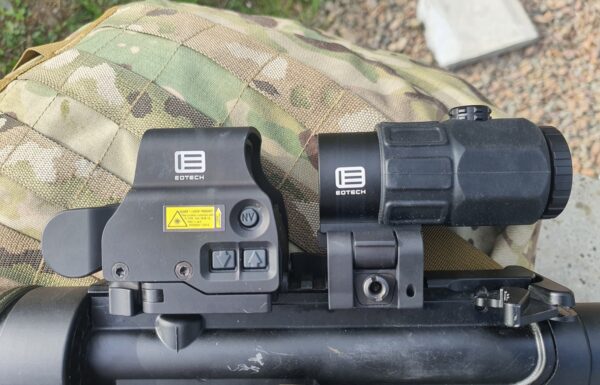Jan Grabowski, the director of MBDA in Poland, talks with the MILMAG Military Magazine about MBDA’s vision of cooperation with Poland and Polish defence industry in regards to Polish Armed Forces modernization programmes and the prospects a strategic partnership on a global scale.
How does MBDA perceive Poland as a potential export market? Which of the Polish modernization and procurement programmes, the ones, which are already ongoing and the ones which are yet to be started, do you see as most attractive?
Poland has been one of the strategic markets for MBDA for many years and we have been participating in different modernization programmes here. We know how to operate in Poland and what the customer wants. We see our most exciting chance, which is also a chance for Poland, to have a partnership on the newest antiaircraft/antimissile defence system in Europe called CAMM from the Narew programme. That’s one thing.
There is, of course, the tank destroyer, the newest technical dialogue announced by the Ministry of Defence (MoD) and the Armament Inspectorate. We take part in this technical dialogue with our Polish industrial partners. What is important is that MBDA signed a strategic cooperation agreement with the Polish Armaments Group (PGZ) in 2017. This agreement set ways to cooperate in the development of missile systems.
We believe PGZ sees the value of a strategic partnership with MBDA, and MBDA sees PGZ in the same way. That gives us this opportunity and vision of Poland as a strategic market for MBDA.
We have been created since early 1950’ until today from the cooperation between the different nations. In the beginning, it was France and Great Britain. Then it was also Germany and Italy. And now, for the last 3-4 years we also have MBDA Spain. We believe that Poland could be another great partner in missile system development in Europe.
Another important programme for us is also Harpia, where F-35 might be acquired by the Polish MoD and we already did the integration works together with our industrial partners in the UK and US for F-35s. There are many opportunities when it comes to F-35. We have already integrated our ASRAAM missile on F-35, for example, and are in the process of integrating both our Meteor and SPEAR missiles.
And what is important, ASRAAM is 75% CAMM. So we have this synergy that if Poland would take CAMM onboard for the Narew programme, then 75% of ASRAAM is already here being made in Poland.
There is also Rybitwa, Pustelnik and Karabela. There are many modernization projects, which are ongoing or they are somewhere in the technical dialogue phase. But we have given the answer to our RFIs (Requests for Information) to the Armament Inspectorate for Pustelnik with Enforcer, for Kabarela with MMP and for the tank destroyer with the Brimstone missile.
In terms of the Narew programme, aside from the effector missile itself, what would your offer include in terms of the surveillance systems, tracking systems, combat management system (CMS), launchers and all of the other auxiliary equipment?
Well, we are going here into very precise details, which are not supposed to be known to the public. What I can say is that our proposition is comprehensive and all of these details were given to the Polish government in 2017. They were given to the Polish industry also, because the Polish industry, especially the PGZ, is a strategic partner in Poland for MBDA. It’s the PGZ and its companies, grouped in the PGZ Narew consortium, which is the leading body for that project.
Which components of the Narew system, that you offer, could be manufactured locally by your Polish partners within the PGZ?
We try to cooperate with every company in the PGZ and we know where we can cooperate straight away, and where we can cooperate in time once we have transferred technology and know-how.
We are already taking practical steps, whether it’s study visits, exchanging documents, assessment when it comes to real production of ongoing products for MBDA with a wide number of PGZ companies, including Pit-Radwar, the whole group of companies under Mesko, Jelcz, HSW, CTM and WZE in Zielonka. From all these companies we know which parts of the system production they can be good at or what they are already good in what they are doing, so what components and products from their portfolio can be taken onboard to Narew.
What is also important, when it comes to these components is we do not close our mind only for Narew, when it comes to cooperation with PGZ companies. PGZ has real strength and has some special competences that we well recognize. We would like to join forces when it comes to some products and have a common offer for the third markets, based on Narew. But, Narew is only the beginning. And maybe there are some projects, which I’ve already mentioned, which could be implemented faster then Narew.
Does your offer include transferring of the production of the Narew system’s effector directly to Poland?
MBDA is built on international cooperation and exchanging ideas and knowledge between European nations. Therefore MBDA wants to put production of the effector into Poland and with Polish industry. MBDA already sees some companies that might be responsible for the production of the effector, but of course the final decision lies with PGZ. So yes, after some preparations, the effector from the CAMM family of missiles will be produced in Poland.
Are you allowed to disclose, which companies are being taken into consideration in terms of production of the effector?
I don’t think so. But we know the PGZ’s companies that are responsible for missile production are capable of receiving the technology from MBDA.
The Polish MoD wishes to have both of the air-and-missile defence systems, the medium range Wisla and short range Narew, compatible and both operated under the same CMS, which in the first place will be designed and procured in regards to the Wisla system. Will this requirement lead to any modification of the CAMM from MBDA’s perspective?
For now Wisla and Narew should have the same combat management system. The CMS for Wisla is the ICBS from Northrop Grumman. MBDA is the first non-American missile company that can operate its systems together with IBCS. It is a well-known fact that MBDA, Northrop Grumman and PGZ are open to cooperate when it comes to the joint CMS for Wisla and Narew, because MBDA is already beyond the test phase with IBCS. But of course, it is the decision of the Polish MoD which system they would like to implement. We want to help Polish industry and the Polish client in picking the best solution for the Polish Army.
I assume that this also includes the radar systems, which Poland wants to develop independently for the Narew programme?
Yes.
When do you expect the decision of the Polish MoD on the Narew programme?
When it comes to the safety of Poland and Polish modernization processes, I would expect it by the end of this year. We’ve been present in Poland, just as I said, for the last 10 years. Since 2018 we have a representative office in Poland and what is important, MBDA has offices like this in just 6 countries in the world. This is the first in the Central and Eastern Europe. So, I think it shows how important Poland is for MBDA and also shows our vision of European cooperation when it comes to missile systems. Hopefully, Narew might be signed this year.
What other modernization programmes of the Polish Armed Forces do you perceive as potential sales opportunities for the CAMM family of missiles?
It depends on which programmes from the Technical Modernization Plan the Polish MoD would like to implement first. We see CAMM missile and its naval Sea Ceptor system, which, by the way, is already installed on Her Majesty’s ships of the Royal Navy, as multipurpose, multiplatform missiles. Sea Ceptor might be an option of the Orkan, Miecznik or Ślązak programmes. We are open to help PGZ in implementing these missiles on different platforms.
How do you see the process of Poland joining the MBDA family and becoming another NatCo country?
It depends on the wishes of the Polish government and industry. It also depends on our shareholder’s decision. MBDA is owned by three big global market players: BAE Systems, Leonardo and Airbus Group. All these players are present all over the world. We consider Poland as a strategic market and Polish industry as a strategic partner. We think that if Narew would be implemented and done together with MBDA, for us as a company which has international cooperation in our DNA, it could strengthen our efforts also legally speaking [and lead to the creation of a Poland-based MBDA subsidiary – MILMAG].
It could be a completely Polish entity or it can be a 50%-50% company, or something else. Everything depends on the clients’ wish and how this knowledge from MBDA would be implemented into the Polish industry. What we can say is MBDA wants to cooperate with Poland on the long term and we want to co-develop with Polish industry. CAMM could only be the beginning.
What will this cooperation mean for the Polish industry?
Cooperation with MBDA means for Polish industry and the Polish State that Poland will become a real partner and a real producer of high-end missile systems for Poland, of course, but also for the third markets and Polish industry will become a real strategic partner for MBDA and its partners as it is a group of companies. There is a lot of knowledge, a lot of technology, a lot of different products for different platforms and clients. Polish industry also has many strengths and special competencies and can help us to widen our portfolio. It means that we will be equal in this cooperation between MBDA and Polish industry, between MBDA and Poland.


